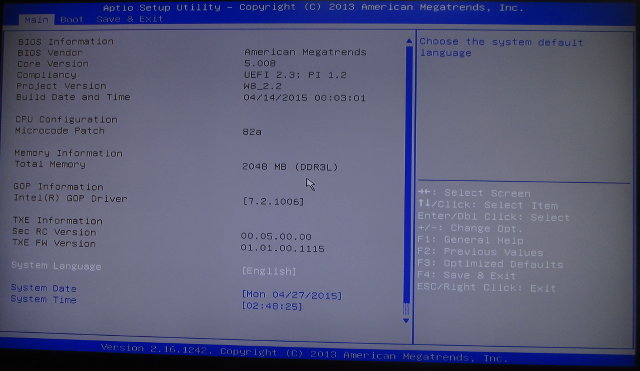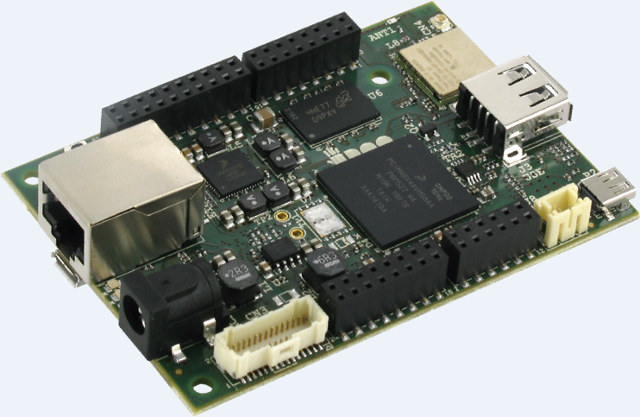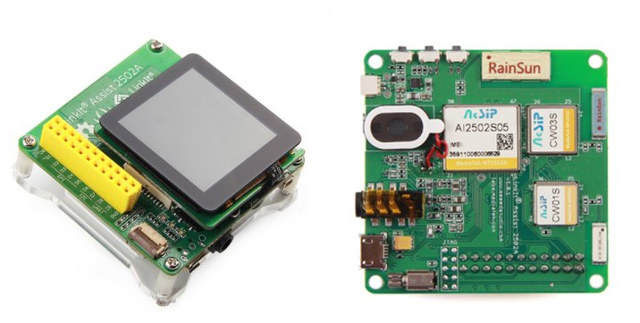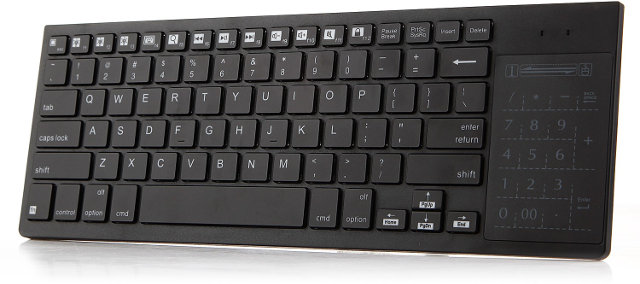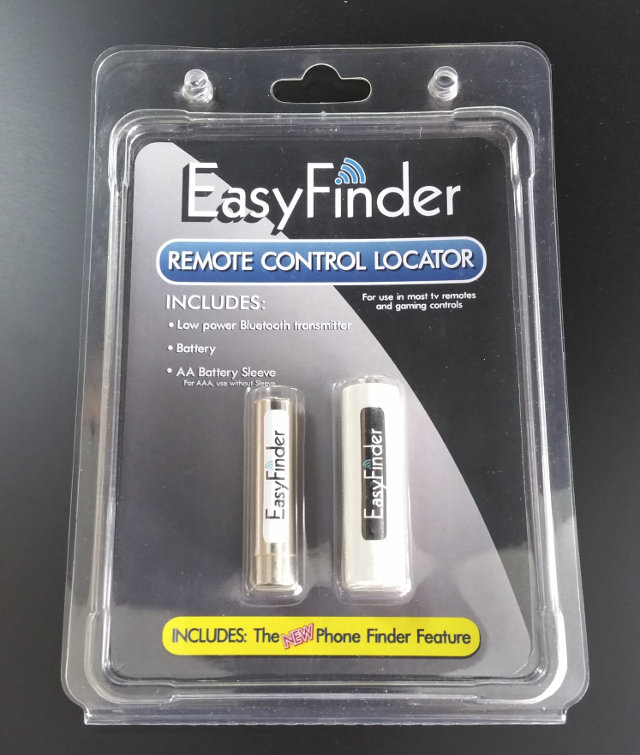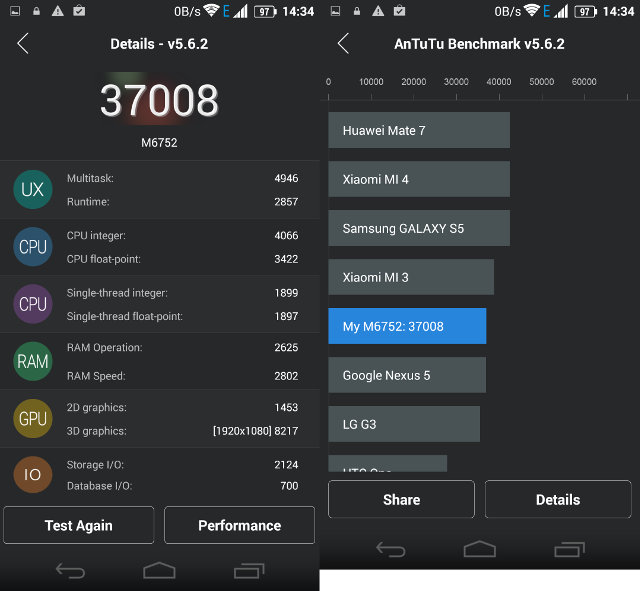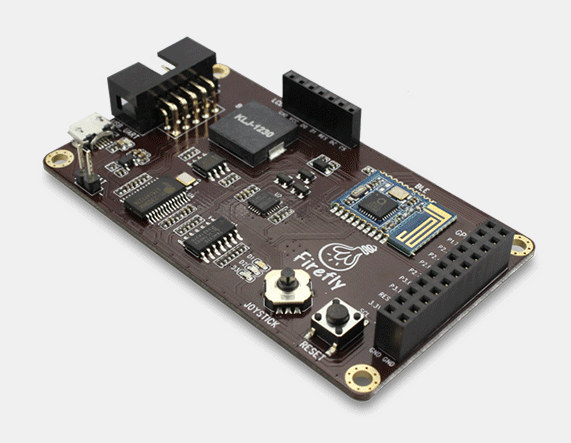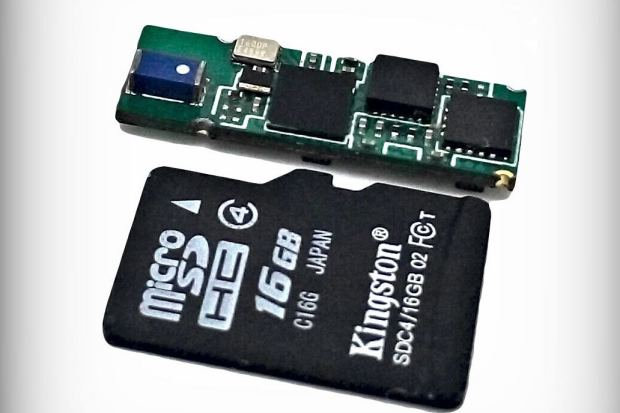Wintel W8 (aka Kingnovel K8) is an Intel Atom Z3735F mini PC inspired from Sunchip Wintel CX-W8 (the hardware is a little different), but instead of just running Windows 8.1, the device can dual boot Android 4.4 and Windows 8.1 with Bing. I’ve already taken pictures or torn down Wintel W8, so today, I’ll focus on the software part of the review, first checking dual boot functionality and Windows 8.1 briefly since it should be very similar to MeLE PCG03, before spending more time on Android as it’s my first Android Intel platform. Dual boot in Wintel W8 When you boot the device, you can select Android or Windows icon, with a 10 second timeout that will boot your latest choice. There’s no menu within Windows to start Android, and vice versa, so to dual boot you need to reboot first, and select the operating systems right after UEFI. The […]
UDOO Neo Combines Arduino, Raspberry Pi, Wi-Fi, Bluetooth and Sensors into a Single $49 Board (Crowdfunding)
UDOO Neo was unveiled last February as the first hobbyist board features Freecale i.MX6 Solox Cortex A9 + Cortex M4 processor. I was expecting UDOO to design support board since their earlier UDOO board combined Freescale i.MX6 processor with an Atmel MCU, and the new processor allowed for integrating the same functionality into a single chip. The board is now on Kickstarter where you can pick UDOO Neo Basic for $49 (Early bird is $35), or UDOO Neo for $59 (Early bird was $45) adding an Ethernet port, some sensors, and 1GB RAM, instead of 512 MB for the Basic version. But both versions of the board basically share the same specifications: SoC – Freescale i.MX 6SoloX ARM Cortex-A9 core @ 1GHz with 2D/3D GPU and ARM Cortex-M4 Core @ 166 MHz System Memory – 512MB (Basic) or 1GB DDR3 Storage – micro SD slot, 8-bit SDIO interface (on expansion headers) […]
Mediatek LinkIt Assist 2502 Open Source Hardware Board Targets Wearables and IoT Applications
After LinkIt ONE, Mediatek Labs has introduced a new IoT development kit based on their Aster M2502 ARM7 processor with LinkIt Assist 2502 comprised of AcSiP MT2502A IoT SiP Core module, a 802.11b/g/n module, a GNSS module, and an exchangeable 240×240 16-bit color capacitive touch LCM Board. The AcSiP module can also be purchased separately, so you could use LinkIt Assist 2502 board for early development, because moving to your custom hardware based on AcSiP MT2502A module. LinkIt Assist 2502A specifications: MCU – AcSiP AI2502S05 module with MT2502A (Aster) ARM7 EJ-STM processor @ 260MHz, 4MB RAM, 16MB flash Display – 240×240 LCD module; 16-bit color depth; transflective; based on ST7789S driver IC. Connectivity Wi-Fi 802.11 b/g/n via AcSiP CW01S module based on MT5931 SoC Bluetooth 2.1 SPP and 4.0 GATT dual mode (part of MT2502A) GPS via AcSiP CW03S module based on MT3332 chip supporting GPS, GLONASS, and BeiDou. GSM […]
iPazzPort KP-810-35BTT Backlit Keyboard Features a Switchable Touchpad / Numpad Zone
I’ve read many people praise Logitech K400 Bluetooth keyboard for use with Android mini PCs, as it’s functional and costs just $25 on Amazon. I’ve just come across another similar keyboard with iPazzPort KP-810-35BTT that adds backlit keys and the touchpad zone can be switched to numpad by the touch of a button. Key features listed for the keyboard: Backlit QWERTY keyboard with touchpad supporting multi-touch and scrolling bar. Connectivity – Bluetooth 3.0; max distance: 10m Power Supply – 3x AAA Batteries Dimensions – 314 x 112.5 x 17mm Weight – 218g Material – ABS It’s a standard Bluetooh HID keyboard so it should work with any OS including Windows, Linux, Android, Mac OS, iOS… One possible downside is the lack of left / right mouse buttons. I have such touchpad without separate physical mouse buttons on Acer Aspire E5 laptop, and while a left click is easy to do, […]
EasyFinder Integrates Bluetooth Location Technology into AAA & AA Batteries (Crowdfunding)
Products leveraging Bluetooth Location technology have been around for a couple of years with tags like SticknFind, that you can stick to any devices and locate them with your Bluetooth enabled smartphone. A Texan inventor decided to integrate this technology into a rechargeable battery to easily let people find their remote controls or other battery operated device. The Bluetooth transmitter is part of an AA battery, but they also provide a AA sleeve if your device requires larger batteries. Once you’ve installed the battery, you need download and install EasyFinder app on your Android or iOS smartpphone, tablet, or smartwatch. It will let you register the battery, and estimate your device position, and once you are close enough, you can make the battery ring to find it more easily. In case you perfectly know where your remote control is, but you just lost your phone somewhere, you can touch the […]
Iocean M6752 Smartphone Review
Last week I provides specs, took some pictures, and run Antutu benchmark on Iocean M6752, a 64-bit ARM smartphone powered by Mediatek MT6752 octa-core Cortex A53 processor with 3GB RAM, 16 GB eMMC, and a 5.5″ FullHD display. I’ve been using the device as my main smartphone for over a week, and I’m now ready to write a full review for the phone. General Impressions At first the material and color used on the back cover feels a little strange, but I quickly got used it, and the build quality seems pretty good, and the phone is very light. I must have made one or two calls during the week, and I mainly use my smartphone to check emails, run social network apps, browse the web, play some casual games like Candy Crush Saga, watch YouTube videos, and make Skype calls, and for these tasks I could not really fault […]
Firefly introduces FireBLE Bluetooth Low Energy Board
So just as today I wrote about XBAND BLE Sensor board, the makers of Firefly-RK3288 also announced their own Bluetooth Low Energy board aptly named FireBLE, and also integrating a 6-axis gyroscope and accelerometer, but instead of being based on Nordic or Cypress, the company went with an NXP BLE chip. FireBLE board specifications: SoC – NXP QN9021 ARM Cortex M0 MCU @ 32MHz with 94KB ROM (protocol stack), 64 KB SRAM, 128KB flash Bluetooth – BT 4.0 single mode. Central and peripheral mode with up to 8 simultaneous connections. Sensors MPU-6050 3-axis gyroscope and 3-axis accelerometer with an on-board Digital Motion Processor (DMP) capable of processing 9-axis motion fusion algorithms. Battery and temperature sensor USB – micro USB port for power and programming Expansion – 3 expansion headers with access to SPI, UART, I2C, GPIO, and PWM, as well as OLED display interface. Debugging – JTAG, support SWD online […]
XBAND is a Tiny $10 Bluetooth Low Energy Sensor Module (Crowdfunding)
ZX Tek‘s XBAND is a board about half the size of a micro SD that comes with a Bluetooth LE radio and a 6-axis MPU6500 motion sensor that can be integrated into wearables and IoT applications such as a remote controlled robot with a camera., a wireless smart light-bulb, and iBeacon device and so on. There seems to be two versions of the module XBAND 061-N51822 and XBAND 1018-CY8C4247 with the following specifications: SoC (one or the other) Nordic Semiconductor nRF51822 ARM Cortex M0 MCU @ 16 MHz with 256KB Flash, 16KB RAM, and Bluetooth Low Energy support Cypress PSoC4 BLE core ARM Cortex M0 MCU @ 48 MHz with 128KB flash, 16KB RAM, and Bleutooth Low Energy support Bluetooth – 4.0/4.1 with high gain ceramic chip antenna Sensors – On-board 6-axis MPU6500 motion sensor + an extra configurable sensor (not idea what that is…). Connectors – Board-to-board connectors with […]


